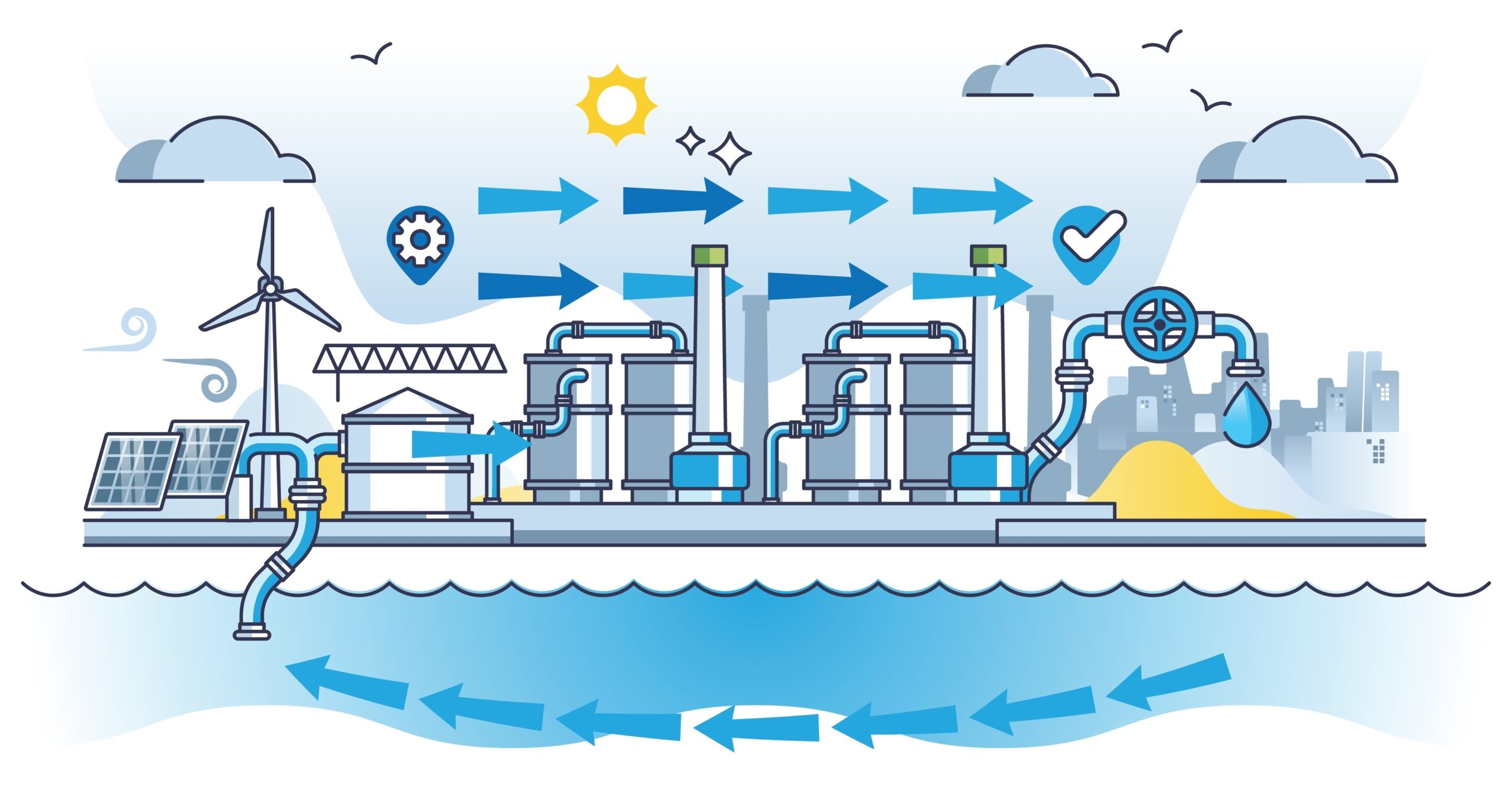

Environment
How Membrane Technology Has Impacted Sustainable Water Treatment
From Sorek Desalination Plant in Israel to Verulam Wastewater Treatment Plant in South Africa, membrane technology continues to impact sustainable water treatment.
This process involves purifying water by directing it through a selective layer (membrane) to separate it from contaminants. Despite challenges like membrane fouling and complex maintenance, this cutting-edge technology has emerged as an eco-friendly solution for water treatment.
This article will show you how. It will take you through the inner workings of membrane technology and its transformative impact on sustainable water treatment. It’ll also go deeper into this technology’s challenges and how to address them.
How Does Membrane Technology Work?
Membrane technology in water treatment manifests in various forms, each tailored for different applications:
- Microfiltration – This technology uses membranes with relatively large pores, making it ideal for removing large particles, bacteria, and some viruses.
- Ultrafiltration – With smaller pores, this method can remove smaller particles, including viruses and most bacteria.
- Nanofiltration – Smaller yet, these pores can remove even more, including most organic molecules, viruses, and some salts.
- Reverse osmosis – This technology uses the smallest pores in the membrane technology chain. They can filter out virtually all contaminants, including salts, making it particularly useful in desalination.
The choice of membrane technology depends largely on the water source’s specific needs and the treated water’s intended use.
For example, a wastewater treatment plant intending to reuse water for irrigation may only need microfiltration or ultrafiltration to remove larger contaminants. On the other hand, a desalination plant that aims to convert seawater into potable water would require reverse osmosis membranes to remove salts.
How Has Membrane Technology Impacted Sustainable Water Treatment?
Here are some of the ways this technology has impacted sustainable water treatment:
- Improved water quality – Membrane technology provides high-quality water suitable for various uses, including drinking, irrigation, and industrial applications.
- Promotion of water reuse – By efficiently filtering out contaminants, membrane technology enables the recycling and reusing of wastewater, reducing the demand for freshwater sources.
- Energy efficiency – Certain membrane processes operate at lower pressures and therefore require less energy than traditional water treatment methods.
- Reduced chemical usage – Membrane systems often require fewer chemicals than traditional water treatment processes. Apart from environmental sustainability, it also reduces operational costs.
- Flexibility – Experts can tailor membrane technology to specific water treatment needs based on the contaminants present. They can scale the systems up or down depending on the volume of water that needs treatment.
- Desalination – Reverse osmosis membranes have made desalination more efficient, providing a crucial source of fresh water in arid regions.
These impacts have positioned membrane technology as a key player in the global movement towards more sustainable water management practices.
Challenges Facing Membrane Technology
Membrane technology, despite its numerous advantages, does face several challenges:
- Over time, membranes can become clogged with contaminants, which reduces their effectiveness and can lead to increased operational costs. This is manageable through proper pretreatment of the water and regular cleaning.
- The initial setup cost for membrane systems can be high, discouraging investment, especially in lower-income regions. Technological advancements and economies of scale due to increased adoption are lowering these costs.
- Some membrane processes, like reverse osmosis, require significant energy. This can increase operational costs. Continued research aims at making these processes more energy efficient.
- Maintaining the performance of membrane systems requires constant monitoring and can be complex. Scientists are developing automated systems and advanced sensor technologies to simplify this process and improve the longevity of the systems.
- Operating and maintaining membrane systems requires skilled personnel. This can be a challenge, especially in developing regions. Training programs and knowledge transfer initiatives can help to overcome this issue.
Despite these challenges, membrane technology holds great promise for sustainable water treatment. Ongoing research and technological advances continue to make it a viable solution for diverse water treatment needs around the globe.
Water Treatment Plants Using Membrane Technology
Some of the water treatment plants that currently employ membrane technology include:
- NEWater plants in Singapore
- Orange County Water District’s Groundwater Replenishment System in California
- The Lakeview Water Treatment Plant in Ontario, Canada
- The Vitens Innovation Playground in the Netherlands
- The Scottsdale Water Campus Advanced Water Treatment Plant in Arizona, USA
- The Sorek Desalination Plant in Israel
These major plants’ adoption of this technology shows that it holds promise for the future of water treatment.
Conclusion
Membrane technology plays an essential role in the pursuit of global sustainable water treatment. Despite inherent challenges, ongoing research offers promise for innovative breakthroughs.
Understanding its potential is the first stride towards a world where clean, safe water isn’t a privilege but a universal right. Therefore, this technology’s implications resonate far beyond improved water treatment. It heralds a future of greater water security for all.


















